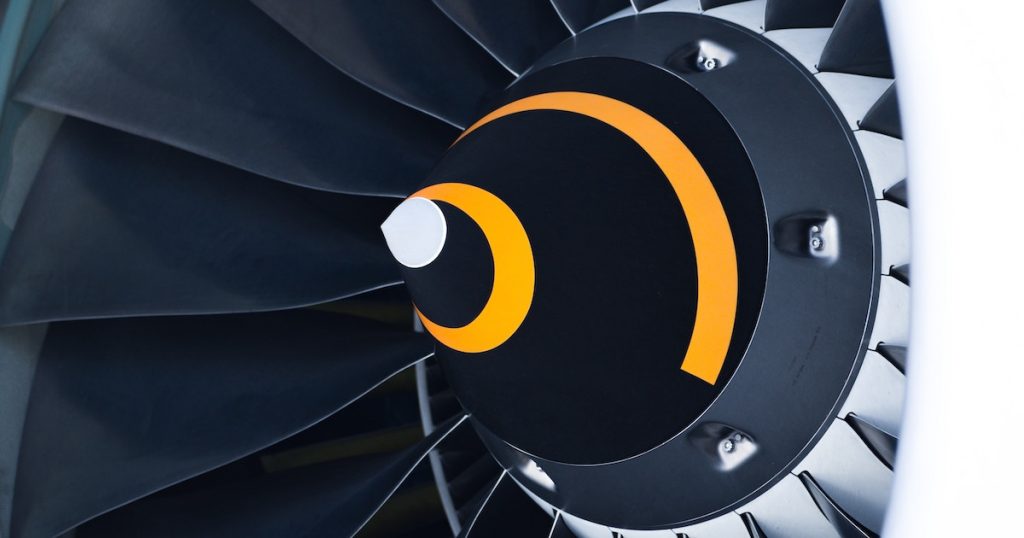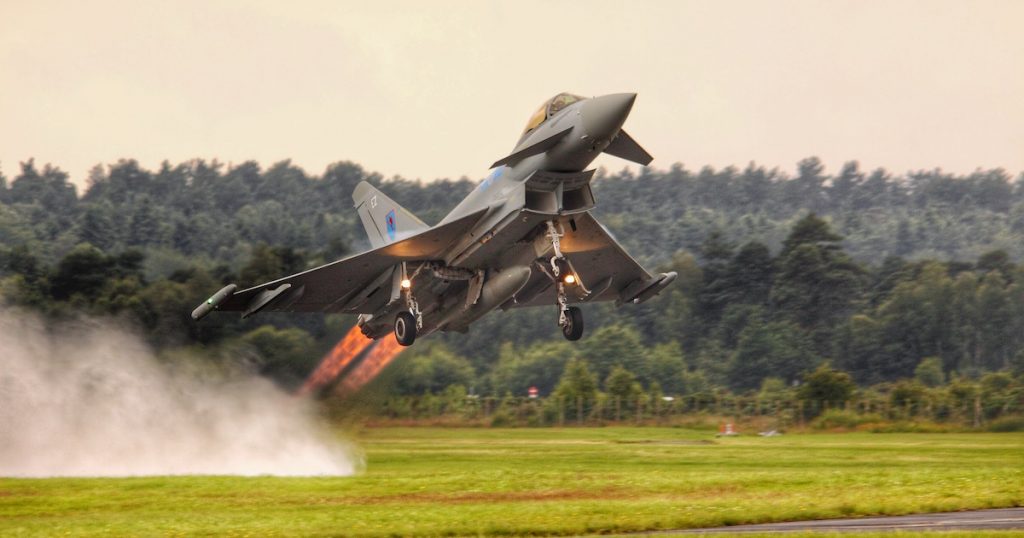The power of the turbine
Jets sustain speeds over 1000km/h for thousands of kilometres, thousands of metres in the air.
Power stations can’t travel at any speed, anywhere. Yet, the two things operate on very similar principles.
How so?

Today’s gas-fired power stations and the turbines that power jet engines share several fundamental similarities in their operational principles and design.
While their purposes and fuels are different, the aim is the same – efficient energy conversion.
Fuels
Gas-fired power stations heat natural gas.
Natural gas typically burns more efficiently than coal or oil, produces significantly less greenhouse gas emissions than other fossil fuels and therefore can have a key role in supporting the journey towards lower or zero emission renewable energy sources.
Jet engines burn jet fuel (also known as aviation turbine fuel or Avtur).
Combustion process
Both gas-fired power stations and jet engine turbines operate on the principle of combustion: they heat a fuel-air mixture to generate high-temperature, high-pressure gases, to drive a turbine.
In a gas-fired power station, this combustion process occurs in a boiler. In a jet engine turbine, it takes place in the combustion chamber.
Turbine operation
Both systems have a turbine that converts the energy from high-temperature, high-pressure gases into mechanical energy.
In power stations, the turbine is connected to a generator to produce electricity. In jet engines, the turbine drives the compressor and produces thrust for propelling the aircraft.
Compressor stage
In both systems the air is compressed before combustion. The compressor increases the pressure and density of the incoming air, ensuring efficient combustion and optimal performance.
In a gas-fired power station, the compressor stage is crucial for maximising the efficiency of the combustion process.
Exhaust stage
After the combustion process, both systems have an exhaust stage where high-temperature, high-pressure gases exit the turbine.
Modern gas-fired power stations often employ combined-cycle technology, where the waste heat from the gas turbine’s exhaust is used to generate additional power through a steam turbine.
Contrast this with a jet engine, where the high-speed exhaust gases create thrust, propelling the aircraft forward.

So next time you’re flying across the country – or across the world – have a think about how the technology that’s getting you there is the same sort of technology that allows you to cook a meal, hook up your portable speakers for a party or turn on the air-con to escape a sweltering summer’s day.
https://www.energy.gov.au/data/australian-electricity-generation-fuel-mix-calendar-year-2021
Explore
with Natural Gas Subscribe


